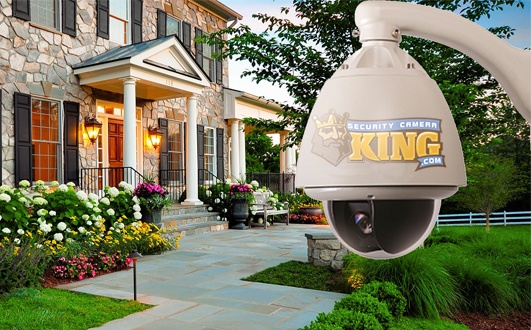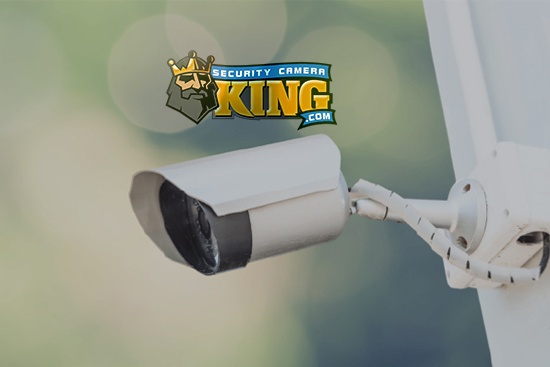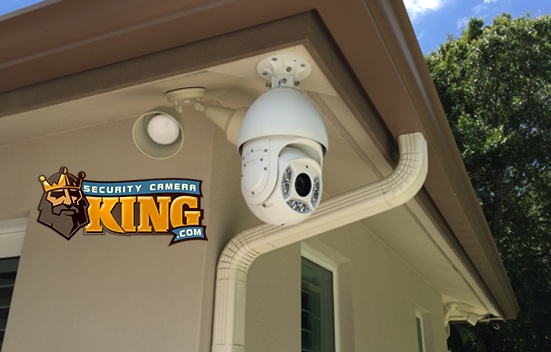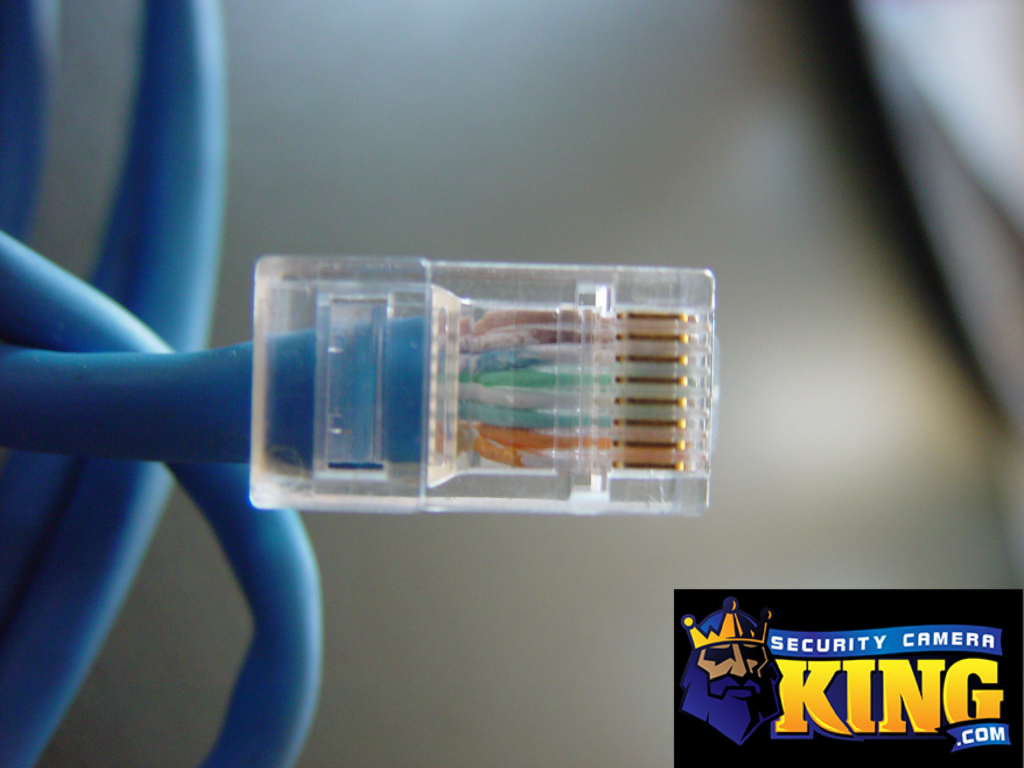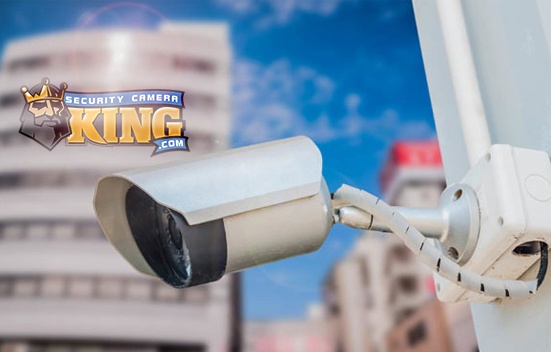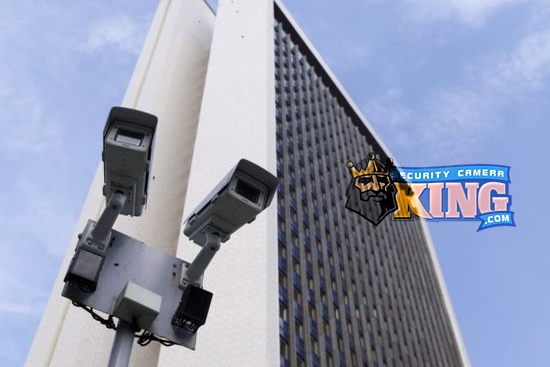 A digital video color security system is a video camera based protection and monitoring component system. Although a bear-bones system may only require two separate devices to operate, it normally consists of three or more. At a minimum a color security system requires at least one camera and a Digital Video Recorder or DVR. However, if you want to be able to watch what your system is recording, you will also want to use the third component, a color monitor.
A digital video color security system is a video camera based protection and monitoring component system. Although a bear-bones system may only require two separate devices to operate, it normally consists of three or more. At a minimum a color security system requires at least one camera and a Digital Video Recorder or DVR. However, if you want to be able to watch what your system is recording, you will also want to use the third component, a color monitor.
The “work flow” of a color security system begins with, and is really based on, the digital video color security camera. A color security system may have only one camera, or it can consist of as many as sixteen when the system utilizes one DVR. The camera or cameras send their color video data to the DVR unit which contains an on-board computer processor designed specifically to do work with color video data and coordinate the color security system functions. Once the processor has interpreted the digital data from the camera, it compiles the data into a digital video file which can be viewed live if a monitor accompanies the system and/or saved for later use on the DVR hard disk drive.
The digital video camera in a color security system records digital images by converting light energy into electrical energy. It does this using one of two different sensors that create measurable electronic charges when light strikes their photosites. The sensors are known as Charged Coupled Devices or CCDs or Complimentary Metal Oxide Semiconductors or CMOSs.
These sensors have tremendously small diodes in an incredibly small amount of area. Most color security system cameras’ sensor chips are less than 1/2 inch square in size. The lens focuses the light image on this small area, which on a typical 1/2 inch CCD can contain 300,000 to 500,000 photosites. The sensors’ photosites are usually designated to detect red, green, or blue light. This configuration is often called a Bayer filter. When the data from all of the red, green, and blue sensing diodes or photosites is compiled it creates a high quality electronic color image.
The color security system further processes the electronic image by passing it through an on-board circuit chip called an analog-to-digital converter. This converts the electronic analog signals into binary or digital data that is then transmitted in a variety of ways, one of the most common being along an RG-59 coaxial video transmission cable. (Signals can also be sent wirelessly via radio waves).
The other end of the cable is connected to the DVR unit. The data from the color security system camera is still unrefined and it is the responsibility of the DVR unit with its accompanying Digital Signal Processor or DSP to add the finishing touches. It does this by using a utility, either in software form or contained in an on-board microchip, that reduces the size of the otherwise incredibly large digital video file without sacrificing a significant amount of quality.
Digital video, like cinematography, actually consists of several photographs (digital-based in this case) that are taken in a very short period of time. The human eye and brain are slow enough to fool into thinking they are seeing fluid, motion video if the photographs pass by quick enough. The number of photographs taken in one second is usually called the “frame rate” and is designated as “frames per second” or fps and is typically around 29 fps.
Consider the file size of a typical high quality digital camera. Now multiply that size times 29 and you have the size of the digital file for one second. Multiply that times 60 seconds, and again times 60 minutes, and the result for one hour of video at that rate is 104,400 times the size of one digital photograph. You can appreciate how large the file size can be.
Every color security system uses a form of the utility mentioned above. One of the most recent and efficient COmpression/DECompression or CODEC utilities is the H.264. Using the CODEC makes the files much easier to handle and increases maximum storage capacity of the DVR.
Security Camera King features several different color security systems including our Elite Mini, Elite, and Ultimate DVRs. We’ve designed our color security systems to give you the freedom to change components to make the system fit your specific needs. Contact one of our security experts today for more information.


